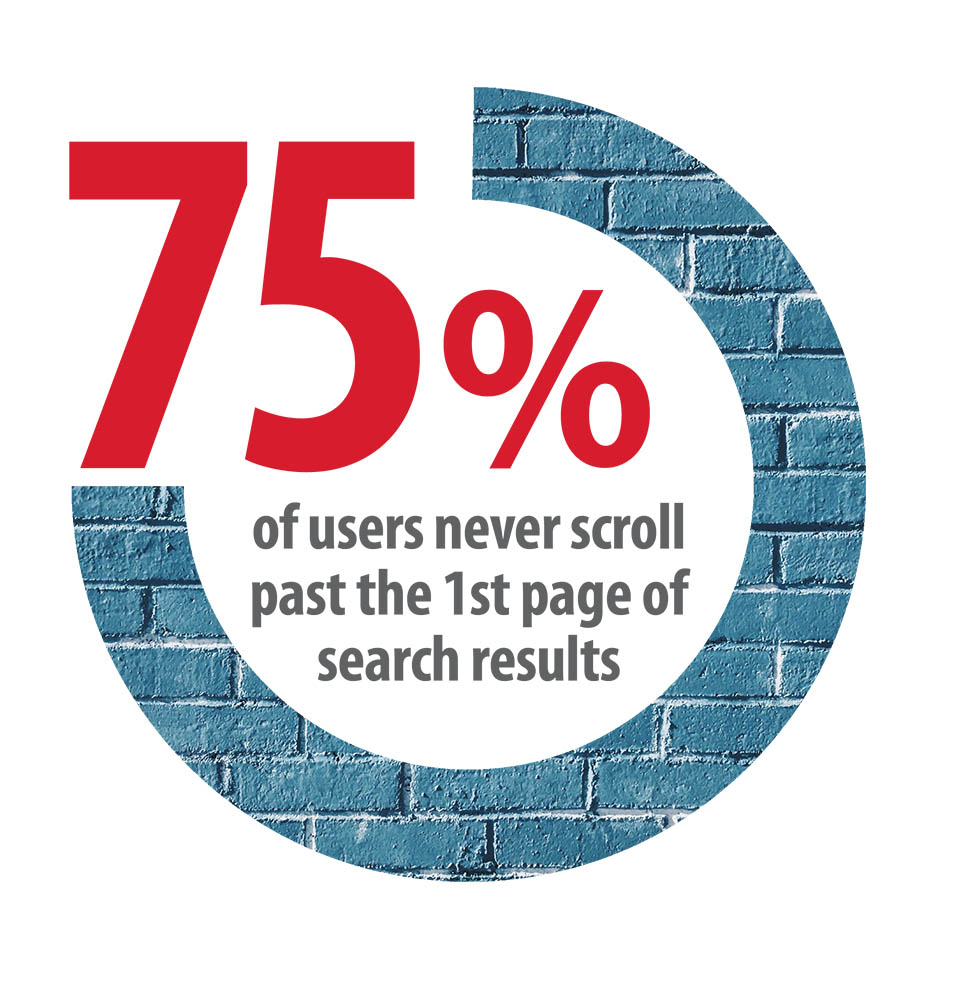
Creating an effective web presence
is about more than just your website.
When creating a new website, or updating an existing site, there are some basic principles that must be followed to increase, and maintain, your organic ranking. Key ones include:
A ‘set it and forget it’ mentality just won’t fly in today’s shifting digital environment. SEO must be a continual effort to capitalize on how potential visitors are searching for the products, technologies and solutions you provide.
Continually researching and monitoring your rankings and traffic lets you stay ahead of any issues that could impact your results or lead opportunities. And don’t forget about the user experience—another big factor in SEO algorithms—that should be a key consideration to optimize a site for the user as well as search engines.

A crucial piece of the SEO puzzle is having unique, well-written online content that actually provides relevancy to the reader. Search engine algorithms can detect the type and value of content nowadays through context. Knowing when and how to use headers, optimum word count per page, strategic use of links and relevant, properly tagged images all create a better user experience for your readers as well as increase your ranking with search engines.
According to Google’s SEO Starter Guide, “Creating compelling and useful content will likely influence your website more than any of the other factors.”
Content that’s duplicated across internal and external channels turns into website cannibalism, diminishing the content’s effectiveness. Unique content is a must for any page, but especially on blogs or social media sites like Facebook, Twitter, LinkedIn or YouTube, where content is created at a much faster pace than core topic pages on a main website. It’s essential to write from a fresh perspective as more posts are devoted to a topic.
Other areas to watch for include sparse content, desktop content missing from mobile sites and even the placement of copy on the page. It should come as no surprise that even Google recognizes that content “below the fold” gets read less often and thus is taken into consideration when ranking.
SEO doesn’t stop at the website, the process must be integrated into all necessary areas of your marcom strategy to achieve the best overall results. The tactics and phrases applied to your website can benefit other areas of marketing as well, so it’s important to rely on a team that’s well versed in current marketing initiatives relevant to your business.
Knowing the difference between “keyword stuffing” and the appropriate use of relevant keywords and phrases is an art that needs to be practiced across all content areas.
For pieces destined for placement on partner sites, such as trade publications or industry associations, integrating SEO methods helps build out backlinks, increase keyword ranking and, most importantly, can amplify the trust search engines (and your web audience) place on your site.